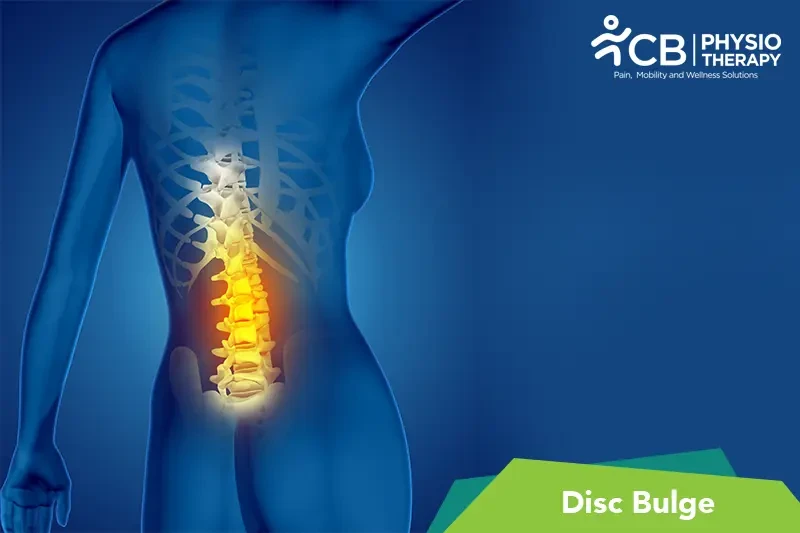Rest:Initially, rest and avoiding activities that worsen symptoms may be recommended.
Thermotherapy:The application of heat packs can help alleviate pain and reduce inflammation.
Cryotherapy: Cold therapy decreases inflammation, swelling, and pain.
Transcutaneous Electrical Nerve Stimulation (TENS):TENS units deliver low-voltage electrical currents through electrodes placed on the skin. It is used to relieve pain, primarily by stimulating the nerves and altering the perception of pain signals.
Electrical Muscle Stimulation (EMS):EMS devices deliver electrical impulses to stimulate muscle contractions. This modality is used for muscle strengthening, rehabilitation, and reducing muscle atrophy, especially after injuries or surgeries. EMS can help improve muscle function and prevent muscle weakness.
Interferential Current (IFC):IFC involves the use of two high-frequency electrical currents that intersect and interfere with each other in the target tissue. It is often used for pain relief, particularly in chronic pain conditions, and for muscle relaxation.IFC can penetrate deeper into the tissues compared to TENS.
Ultrasound Therapy:Ultrasound therapy uses high-frequency sound waves to produce deep heat within the body's tissues. It can help reduce pain, inflammation, and
muscle spasms, while also promoting tissue healing and relaxation.
Shortwave Diathermy:Shortwave diathermy generates high-frequency electromagnetic waves to produce deep heat in tissues. Shortwave diathermy can improve blood circulation and decrease pain.
Infrared Therapy:Infrared therapy uses light waves in the infrared spectrum to generate heat and provide pain relief. It is used for pain management, muscle relaxation, and tissue healing. Infrared therapy can penetrate the skin and reach deeper tissues.
Galvanic Stimulation: Galvanic stimulation involves the use of direct current (DC) to stimulate the body's tissues. It can be used for pain management, muscle contraction, and reduction of edema (swelling).
Iontophoresis:Iontophoresis is a technique that uses a low-level electrical current to drive medications (typically anti-inflammatory or pain-relieving drugs) through the skin and into the target tissues. It is used to deliver medication directly to the site of injury or inflammation.
Lifestyle Modifications:Maintaining good posture, regular exercise, and weight management can help prevent future disc issues. Proper ergonomics at work and home can reduce the risk of disc problems.
Manual Therapy:Manual therapy techniques, such as joint mobilization and
soft tissue manipulation, can help relieve muscle tension, improve joint mobility, and reduce pain.
Therapeutic Exercise:A customized exercise program is designed to address the specific needs and limitations of the patient.Exercises may focus on core strength, flexibility, and postural stability. Core strengthening is particularly important for providing support to the spine.
Stretching and Flexibility Exercises:Stretching exercises can help relieve muscle tightness and improve the flexibility of the spine and surrounding structures.
McKenzie Method:The McKenzie method is a specialized approach to the management of disc-related problems. It includes a series of exercises and movements aimed at reducing or centralizing radiating symptoms, such as leg pain.
Posture and Body Mechanics Training:Learning how to maintain proper posture and use correct body mechanics during daily activities is crucial for preventing further stress on the spine and discs.
Gradual Return to Activities:The physiotherapist will work with the patient to develop a gradual return to normal activities and sports, taking into account the specific demands of their lifestyle.
Lifestyle Modifications:Maintaining good posture, regular exercise, and weight management can help prevent future disc issues. Proper ergonomics at work and home can reduce the risk of disc problems.
